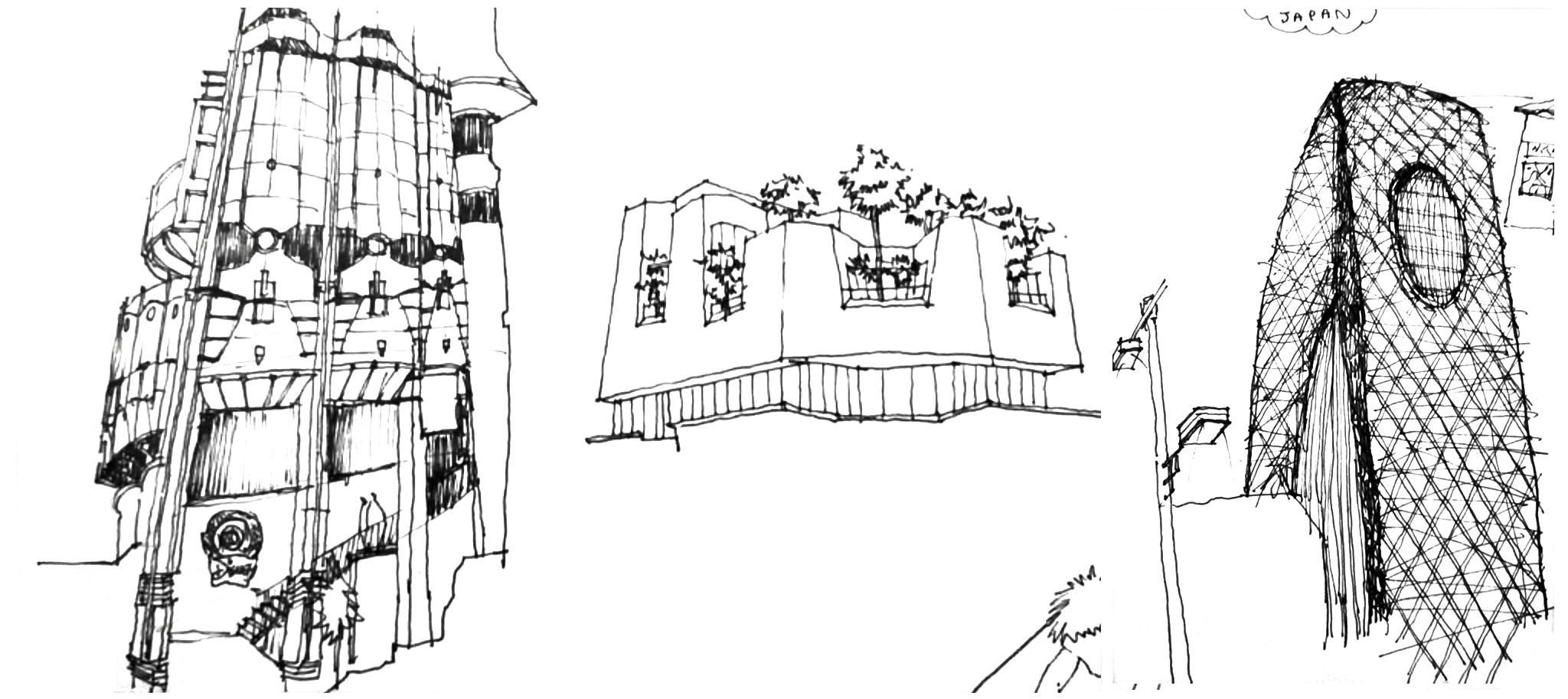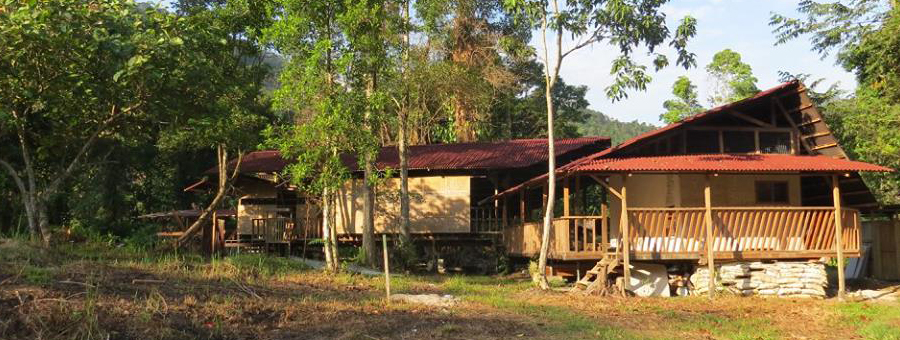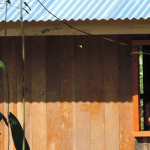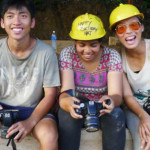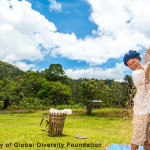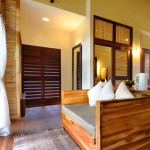Everyone seems like they have been choreographed
I have always admired Japan for their crafts. My mum had this Japanese tailoring book that I used to look at. They are very detailed, the Japanese. Just look at the stuff that Daiso sells, they have things that will make you think “Who has the time to think about inventing this?” right?
Thanks to Dissolva group, I had a chance visiting Tokyo, Japan. Inside I was jumping with excitement about visiting one of the most popular cities the worlds. Oh and I now understand what it means by ‘most populated’. This become clear to me on one morning in Shinjuku station. Everyone seems like they have been choreographed. They flowed organically, no stumbling, they just know where to make a turn and where to make a line.
Out from the station, walking on the street I feels like I’m looking at a magazine. On a page where an artist has put a rendered illustration of a building and the context is where people wearing suits are walking, a cyclist passes them, the trees are well maintained with flower beds around the bottom and at some corner you have a seating area with group of youngsters chatting. It’s very pretty. Detail design is everywhere: the curbs, the floor finishes, entrances of the shops and the bollards and fences.
Just walking the short distance from Shinjuku to Harajuku, feels like Japan has collected everything in the world. From food to clothing to toys to electronic, just everything. And building wise, I pass Disney Store building, a corner that has Alice in Wonderland door, a building that remind me of Pompidou Centre and something that look like the Bird Nest Stadium, to name a few.
The trip is actually a knowledge-exchange programme. I went with four representative from Buayan village, Ulu Papar. In all our activities and the places we visited we reflected on a question: “how Buayan can learn from this?” We visited Sagami Dam Lake, the first man-made Dam reservoir in Japan, and listened to the story given by one of the descendent whose family were instructed to leave their village so the government can build the lake and the dam. We then went to Fujino village. Also known as Fujino Art Village. A village that was built along the Segami river and has now been turned into an art village in order to revitalize the place. The village is now self-sustaining with a solar and tourism industry. The group also went trekking at Mount Kagenobo and perhaps the experience can be related to trekking Salt Trail in Ulu Papar. So, how can I learn from this?
Japan to me is fascinating. It is a develop country with a beautiful landscape and high technology, but it is somehow rather a quiet one. Say you put all the countries in a classroom, I think Japan is the quiet geek who is a bit reserved and very shy. I’ve been to only some parts of Tokyo, it’s not enough. There’s more to learn about them, more places to explore, more food to try out, more buildings to see, more details to look at. Many many more. Next time!



